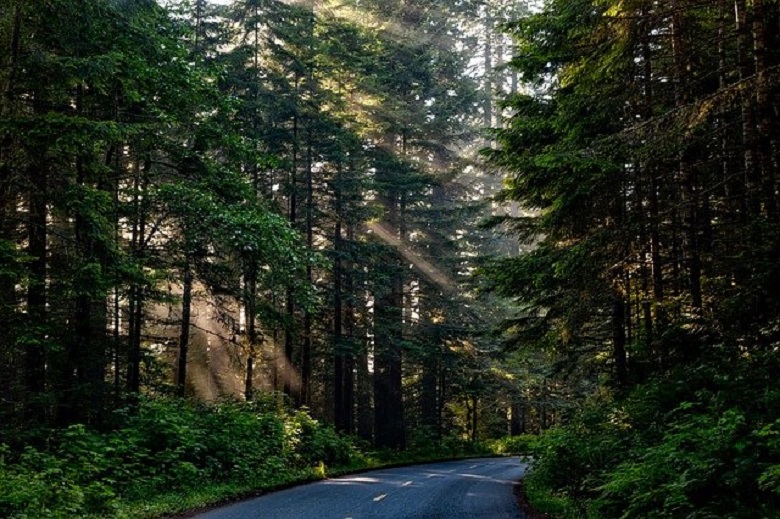The summer of 2019 became highly destructive and brought unprecedented heat to Europe, severe floods to the Far East, forest fires to Siberia and the Amazon. A world without trees!
So, according to official data, the area of the burned forests in Siberia is approximately 1.3 million hectares. At the same time, light fires in South America are still burning, completely changing the jungle ecosystem and negatively affecting the climate on the planet. So what happens if there are no forests left on the earth?
What is the cause of forest fires?
The most potent forest fires swept in an incinerating wave through the forests of the Amazon, taking with them what was once considered the lungs of the planet. Indeed, Amazon rainforests account for about 20% of all oxygen production on earth. The cause of fires is called the anthropogenic factor, or, to be more precise, the human impact on the environment. The fact is that Brazilian farmers are still engaged in the illegal clearing of areas for grazing livestock and buildings. For clearing, loggers set fire to trees, which led to an unprecedented fire that engulfed the Amazon.
Despite this behavior, the Brazilian government, which accounts for most of the Amazon rainforest, is not fighting this activity. On the contrary, it encourages her.
The truth is that the policy of the current President of Brazil, Jair Bolsonaro, coincided with the increased incidence of fires in the rain forests. Under his leadership, the government slashed spending to prevent illegal activities in the South American jungle. The president’s opposition believes that such a step contributes to illegal logging and burning of forests by farmers.
So, the Brazilian National Institute for Space Research showed uncomfortable data from the satellite, which offered more than 72 thousand fires on the map of the forests of South America. The scale of the disaster suggests that at such a pace, the current territory of rain forests threatens to turn into a desert soon.
What happens if there are no trees left on the planet?
There are about three trillion trees on the earth, which together provide us with the necessary amount of oxygen, wood, and even food. At the same time, it is concluded that people managed to cut down more than half of all vegetation growing on earth during their existence on the planet. Suppose we imagine that the remaining trees will be cut down simultaneously.
In that case, humanity will not die out immediately since, at present, there is a small supply of oxygen in the planet’s atmosphere. For a person to survive, he needs an oxygen concentration in the air of approximately 17%. Fortunately for us, the oxygen content in the earth’s atmosphere is currently 21%. In other words, it will take about 200 years before you, and I use up all the oxygen we need.
Despite the time left to fix everything, immediately after the disappearance of the trees, the earth will begin to destroy people. Floods will become more frequent, and highly rapid soil erosion will occur, which will lead to the death of most crops. The fast flow of water into rivers will lead to the end of a large number of plants and aquatic animals.
Immediately after the floods, droughts will set in, which will result in a shortage of drinking water and a sharp decline in flora and fauna of the planet. Is it possible to survive without trees? Maybe. But not for a very long time.
